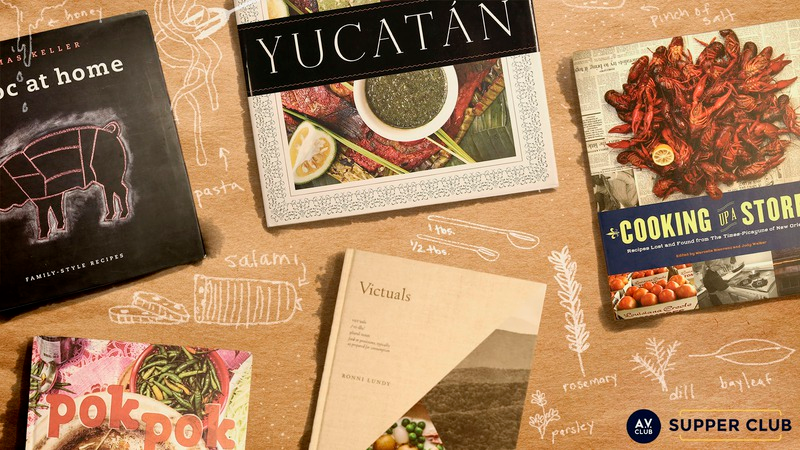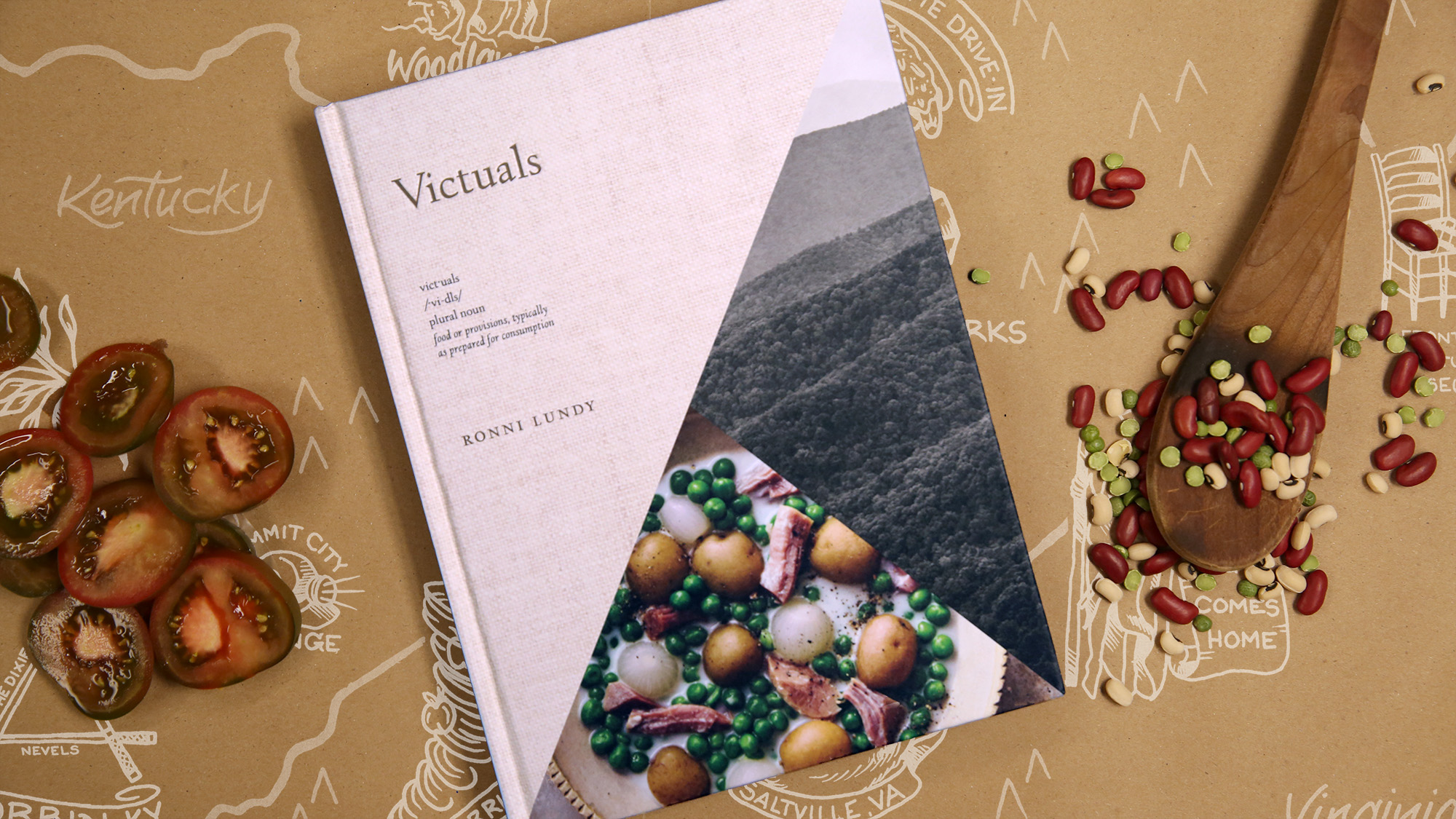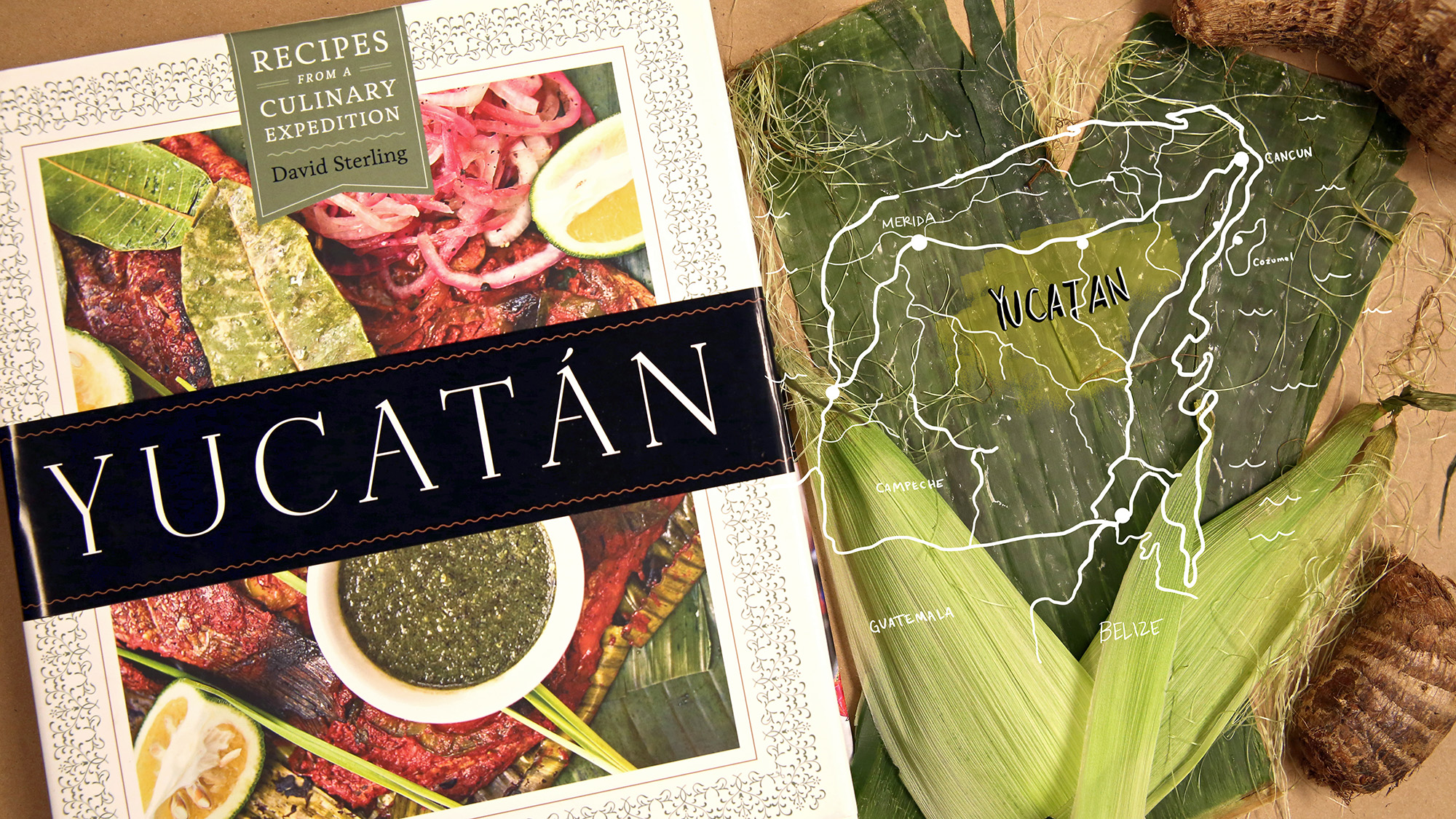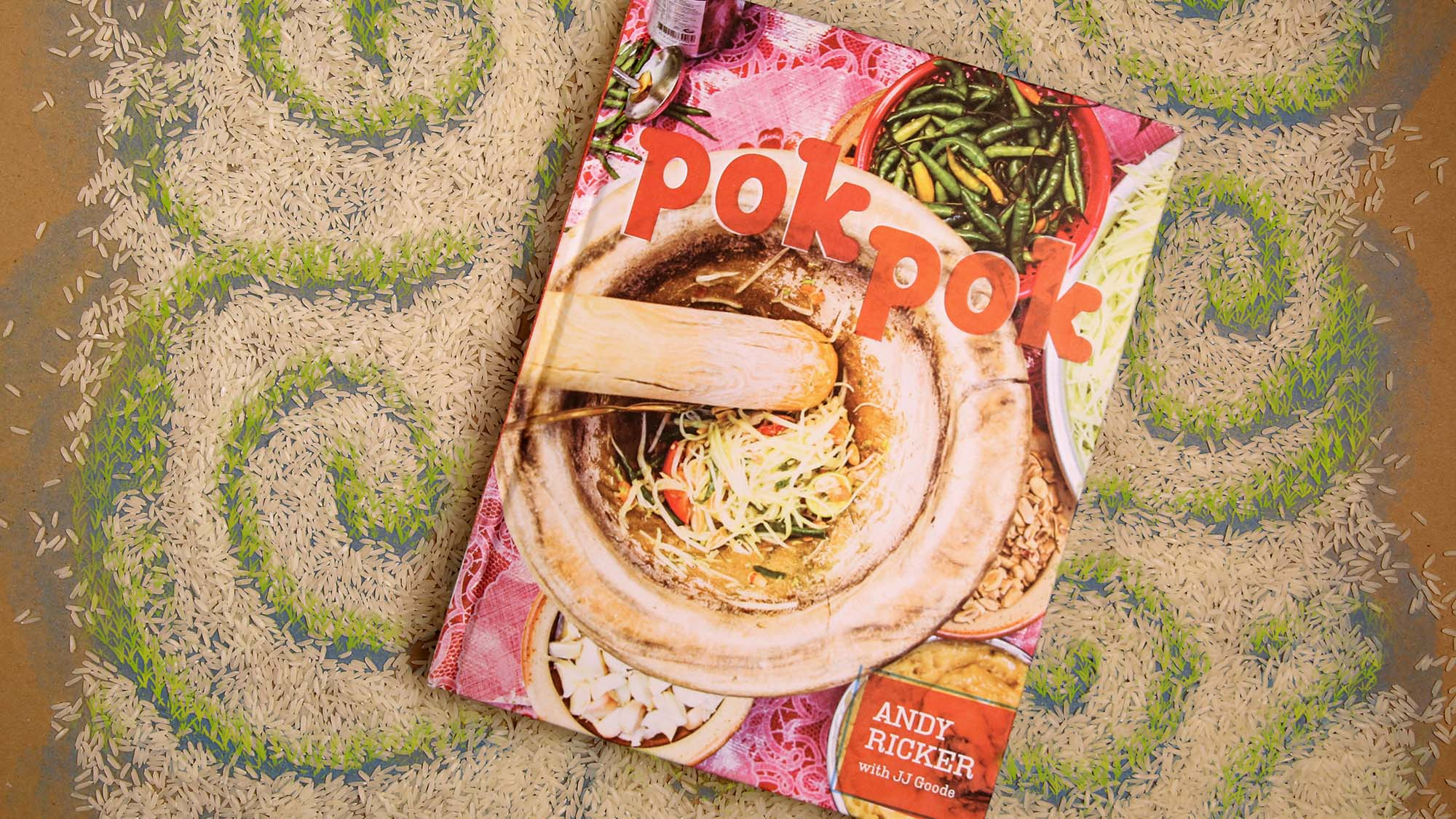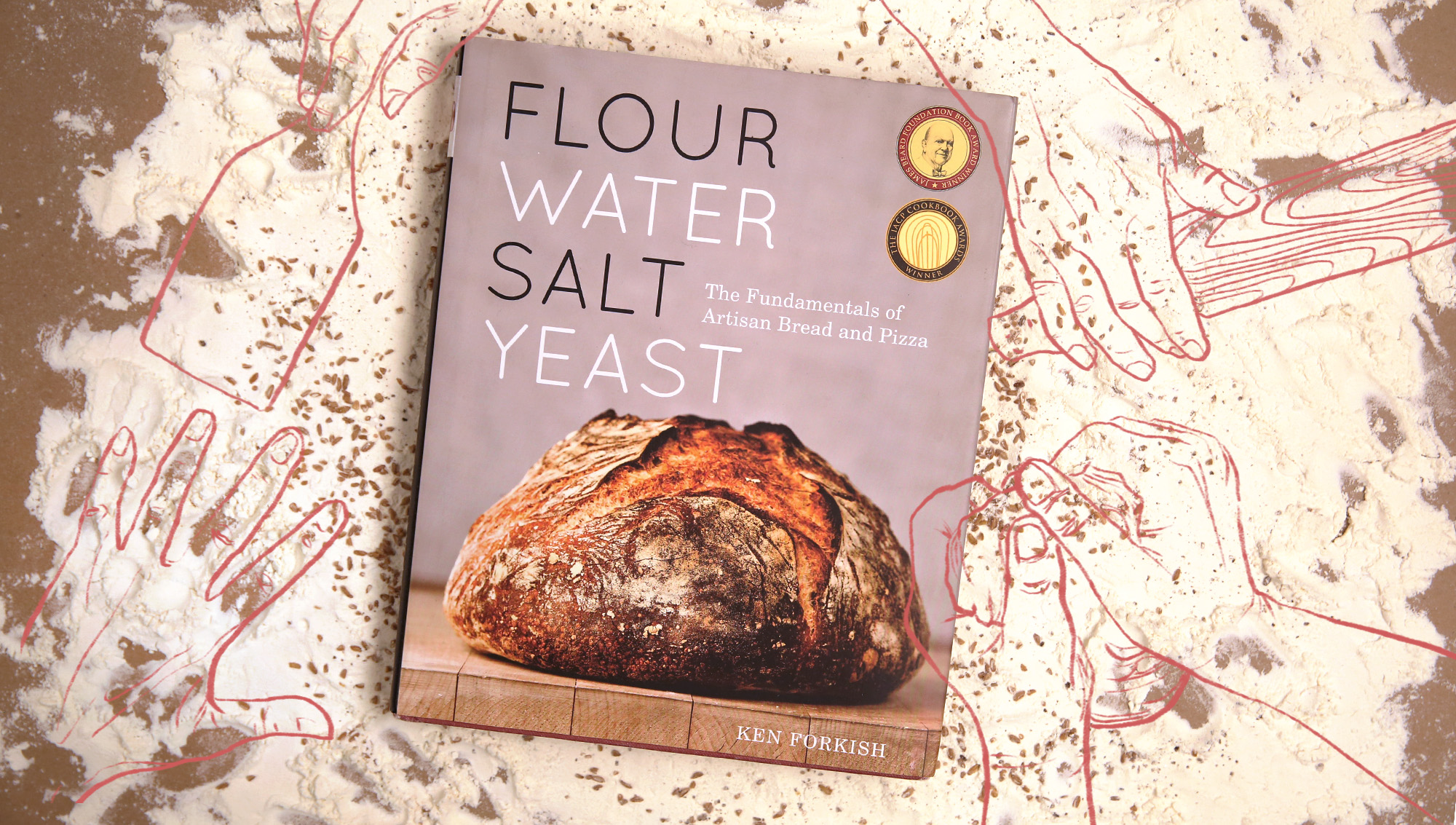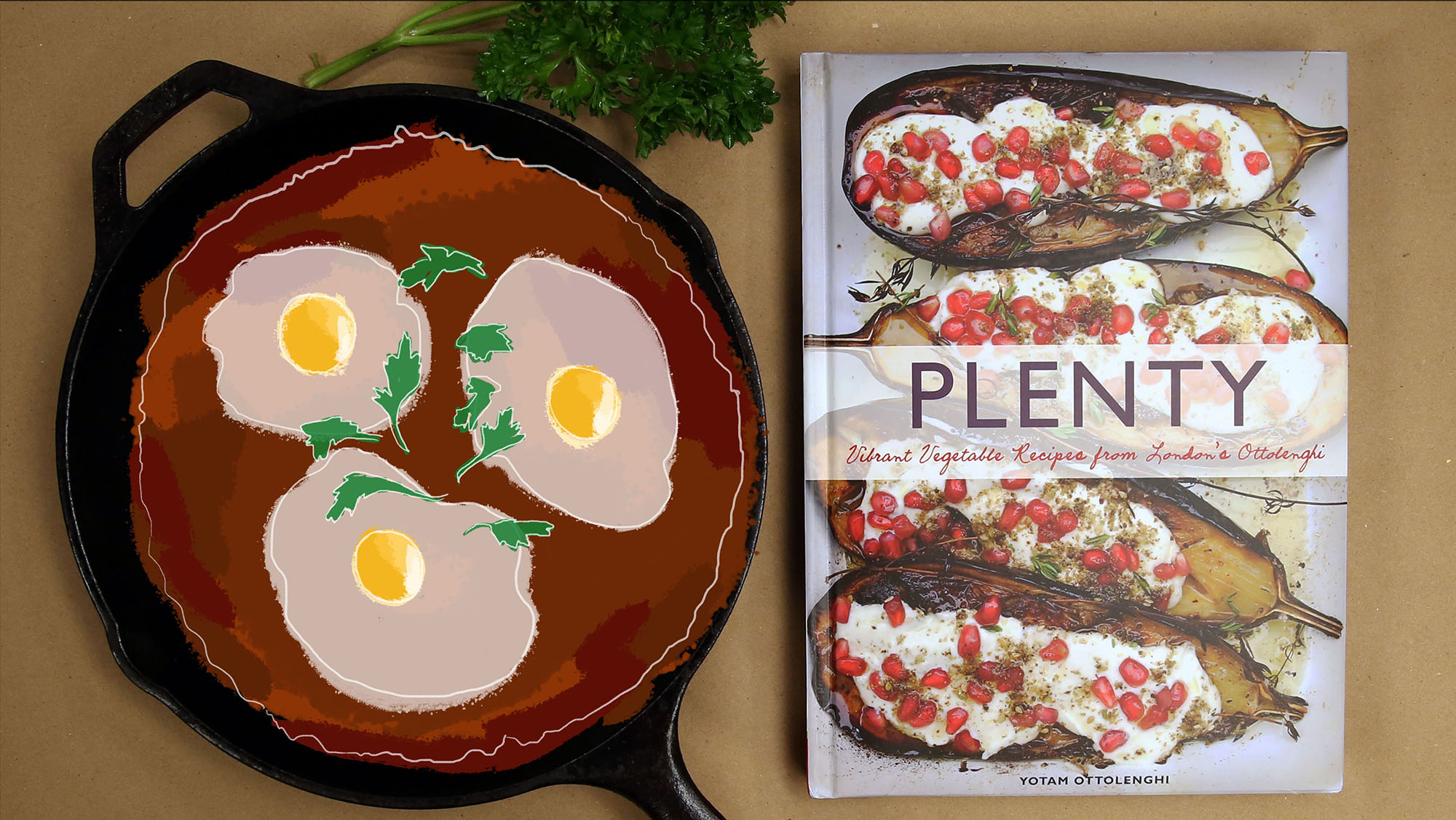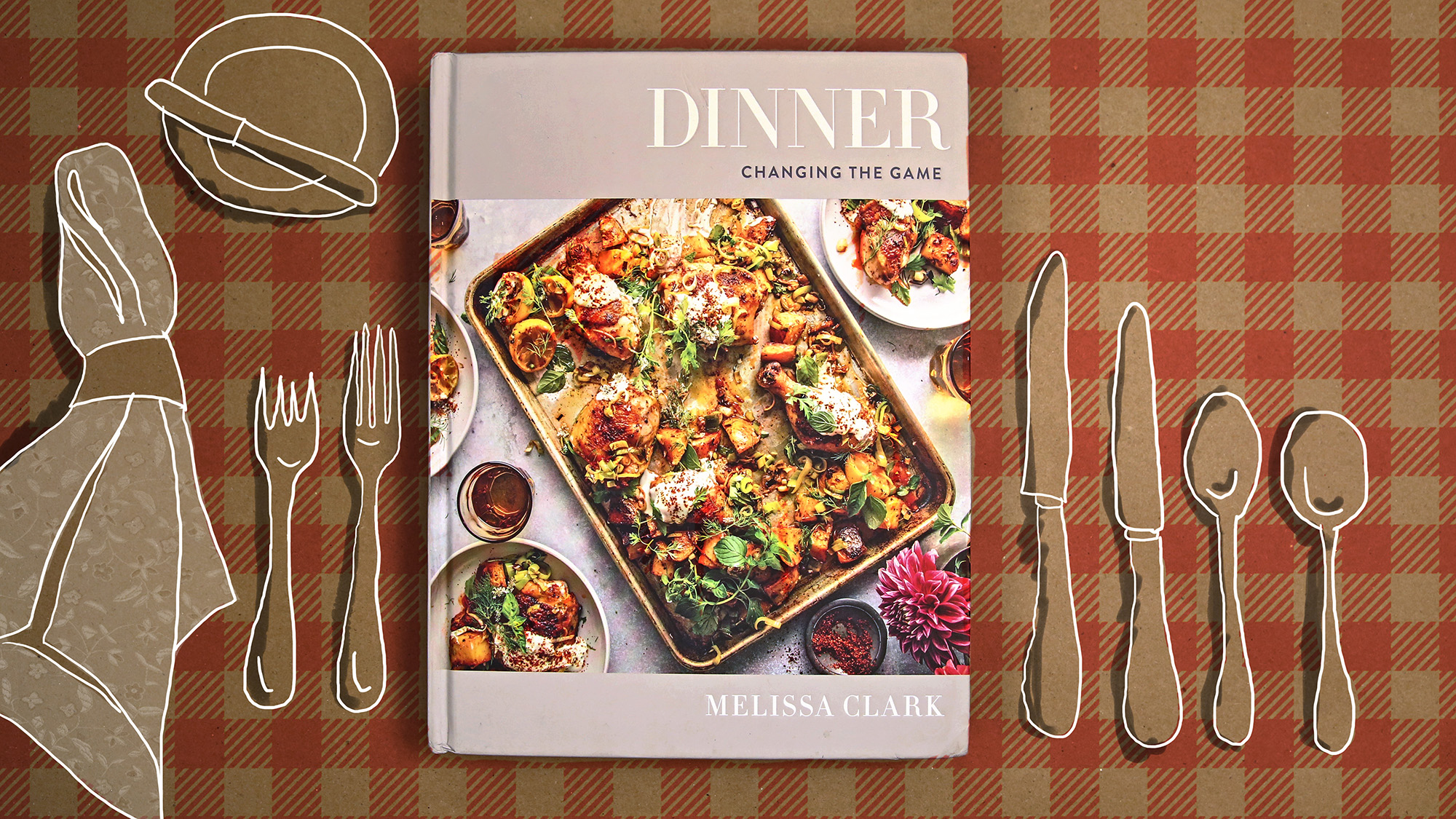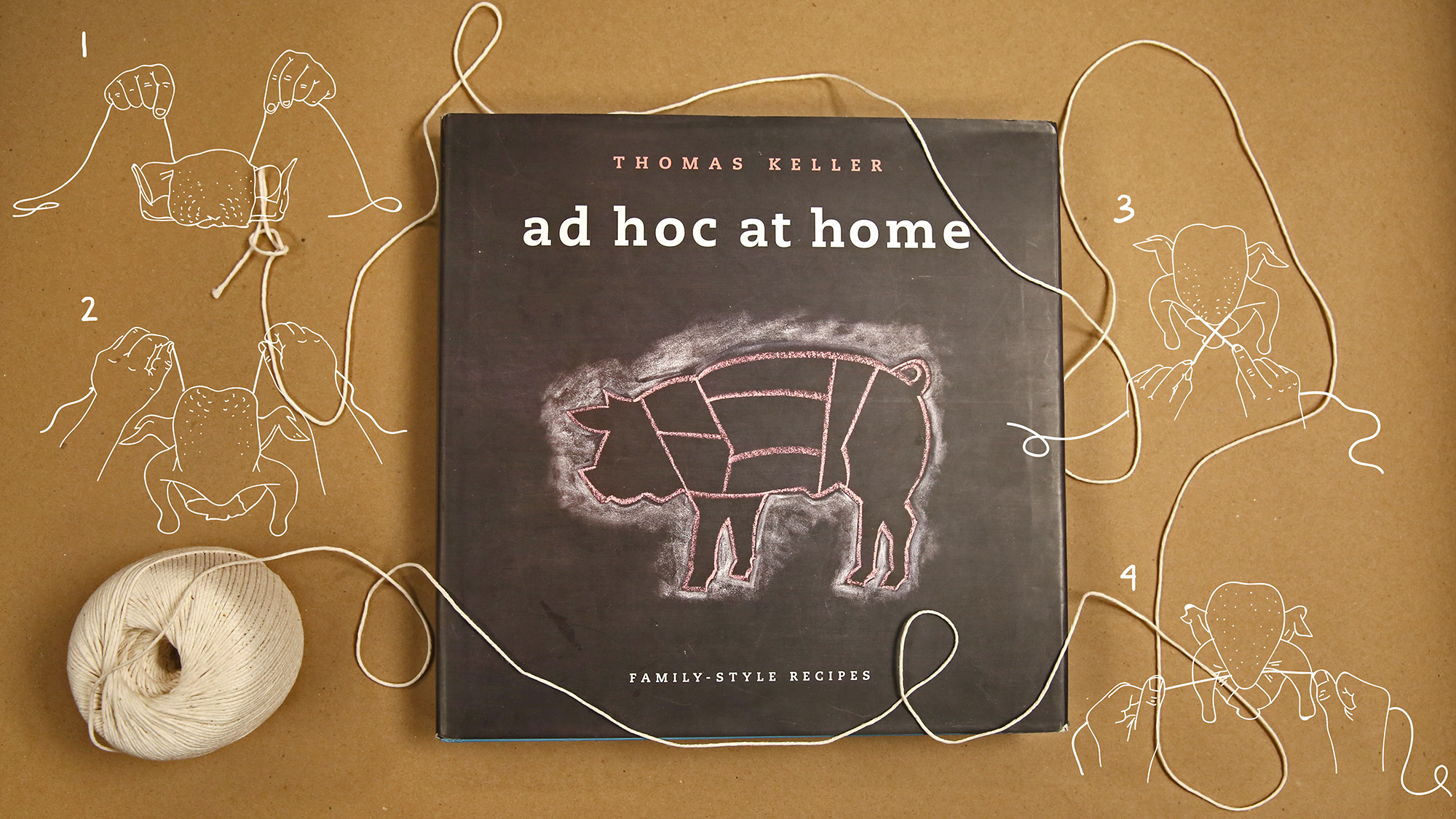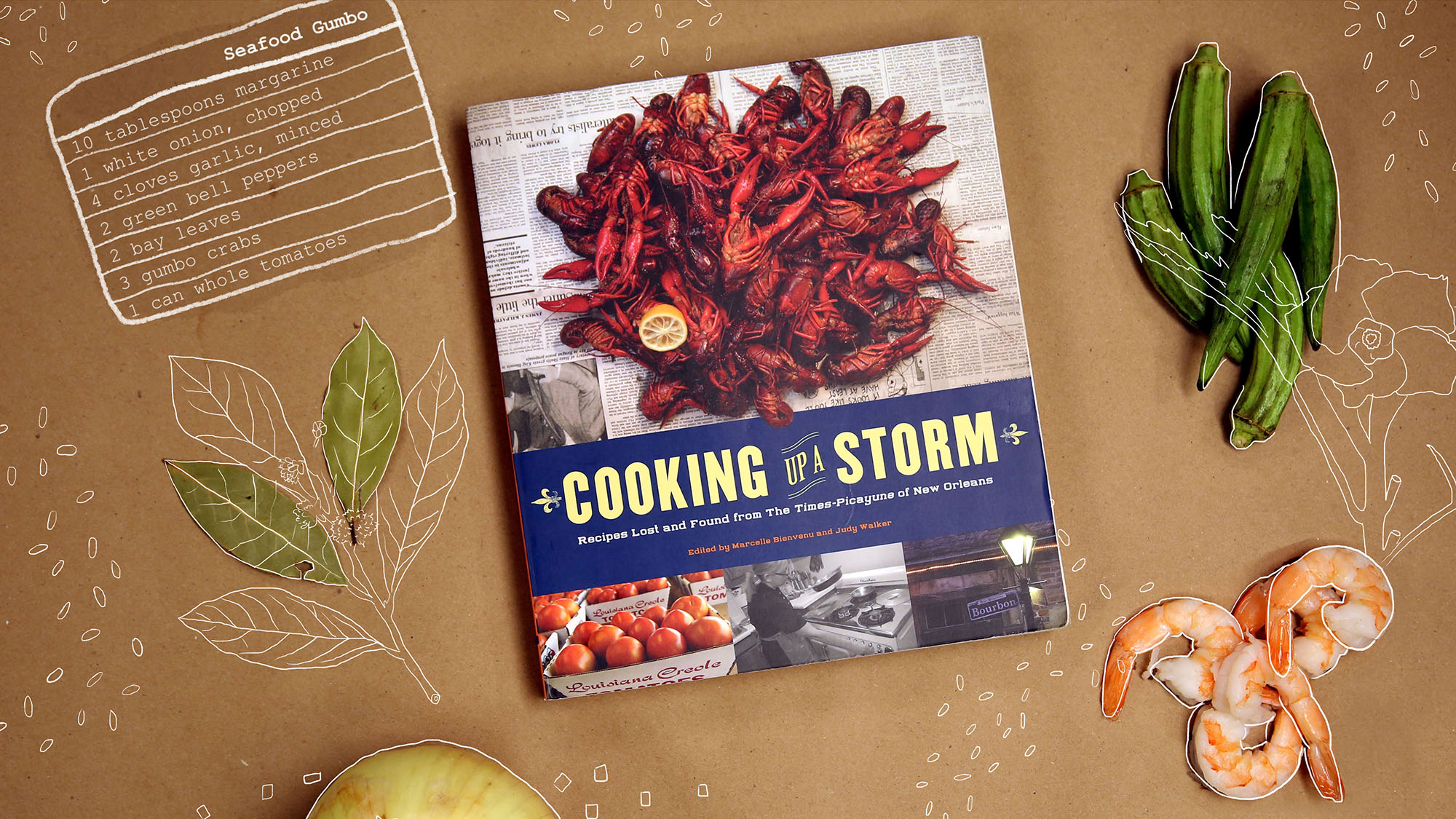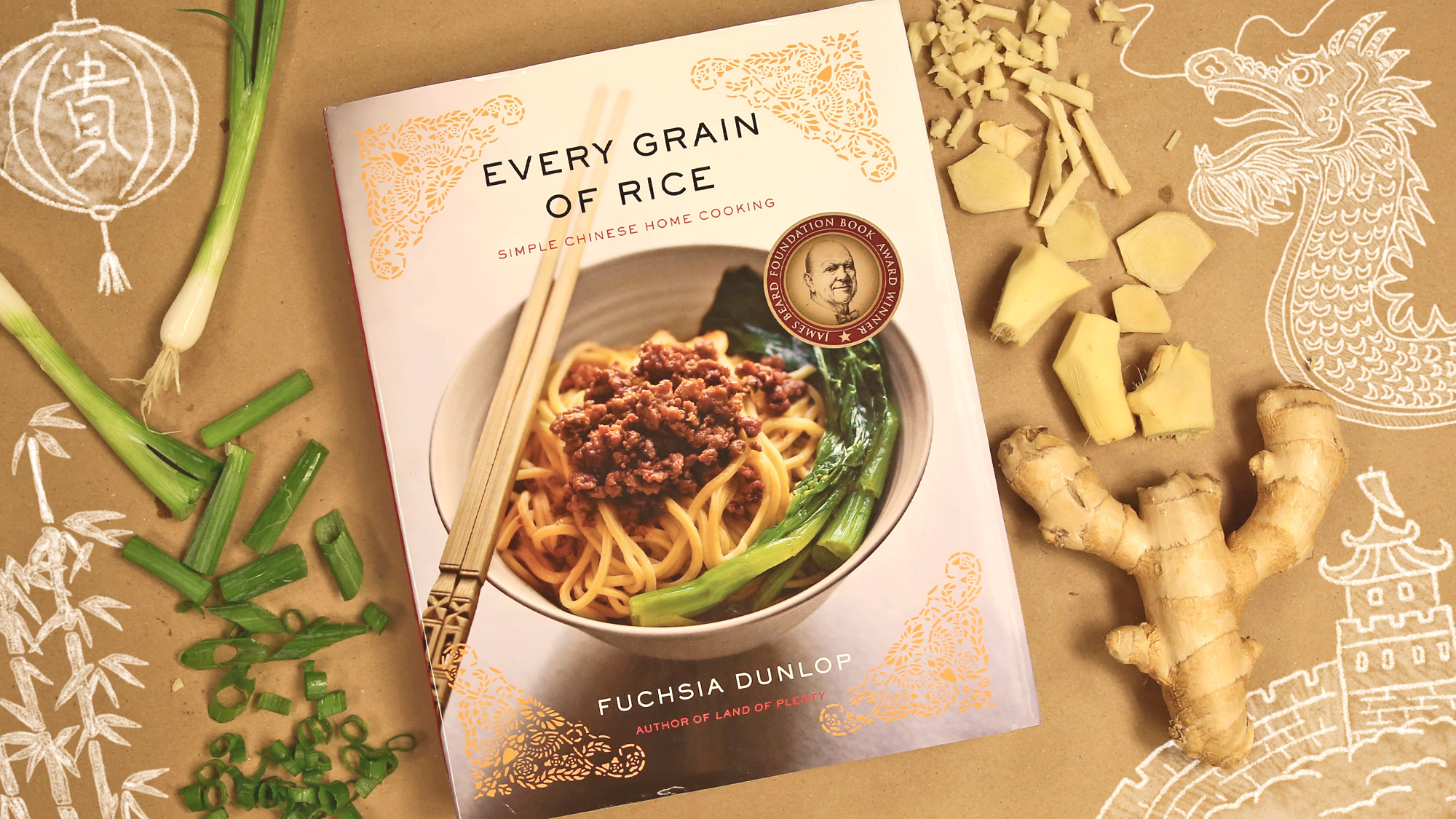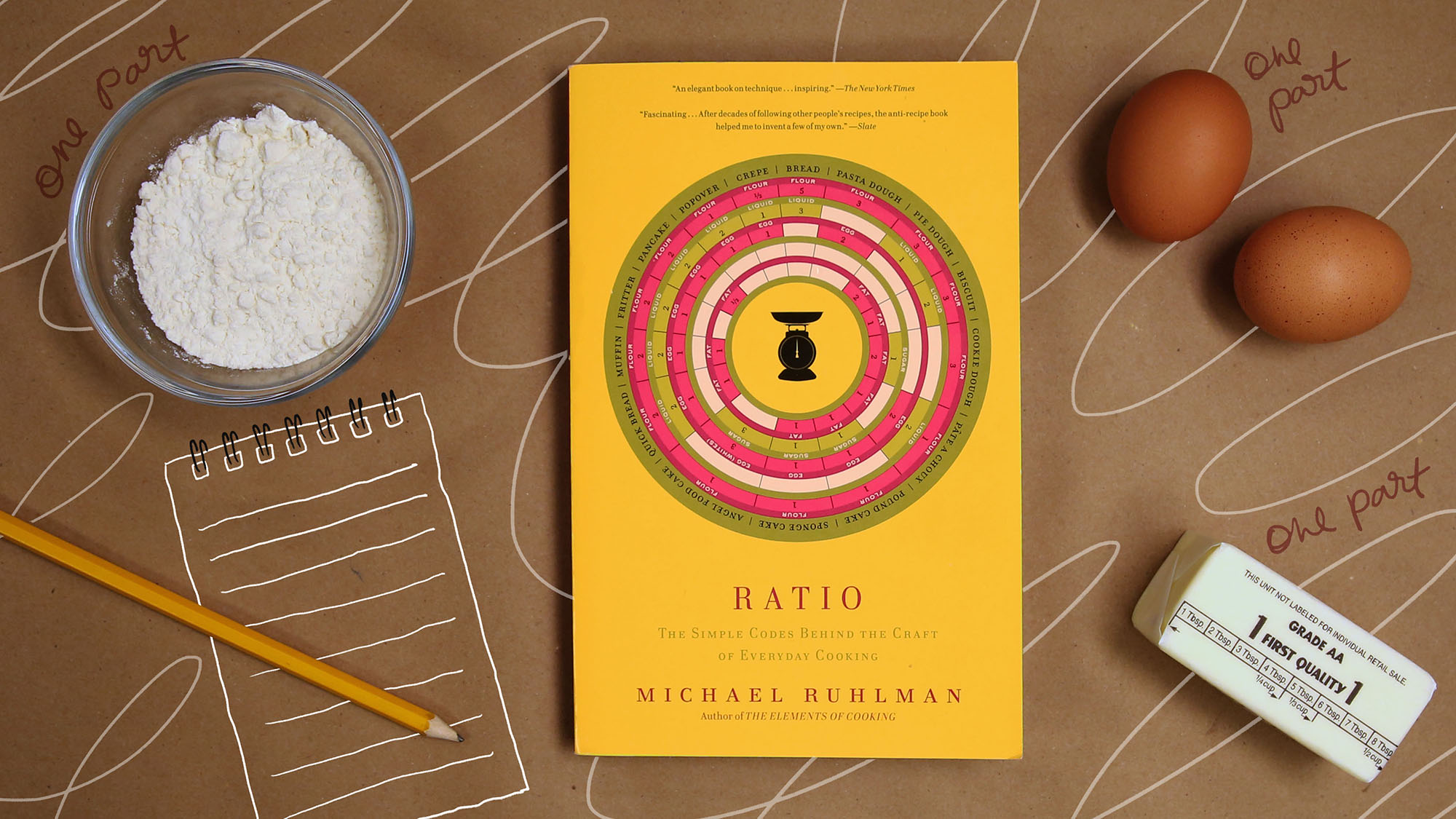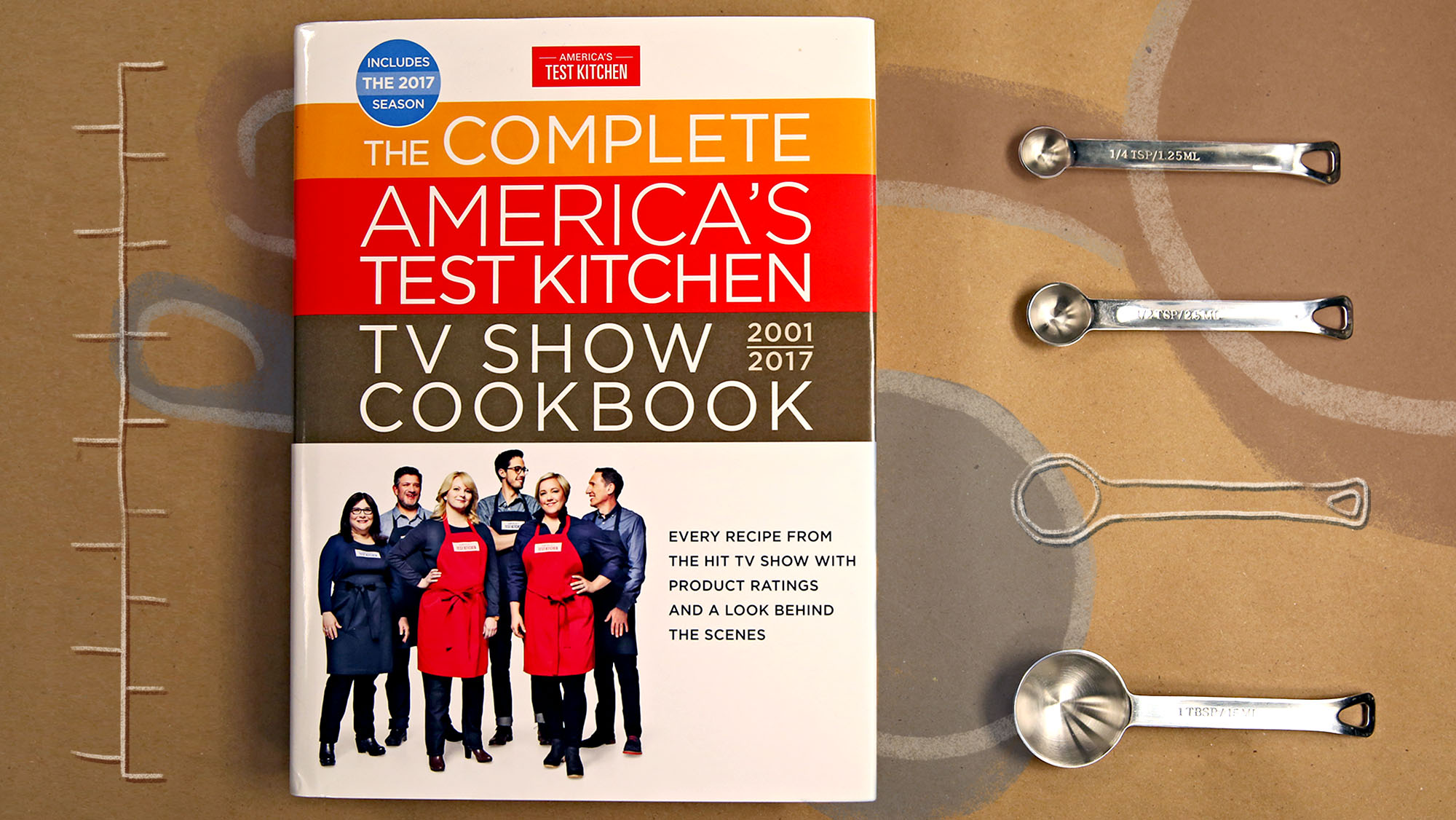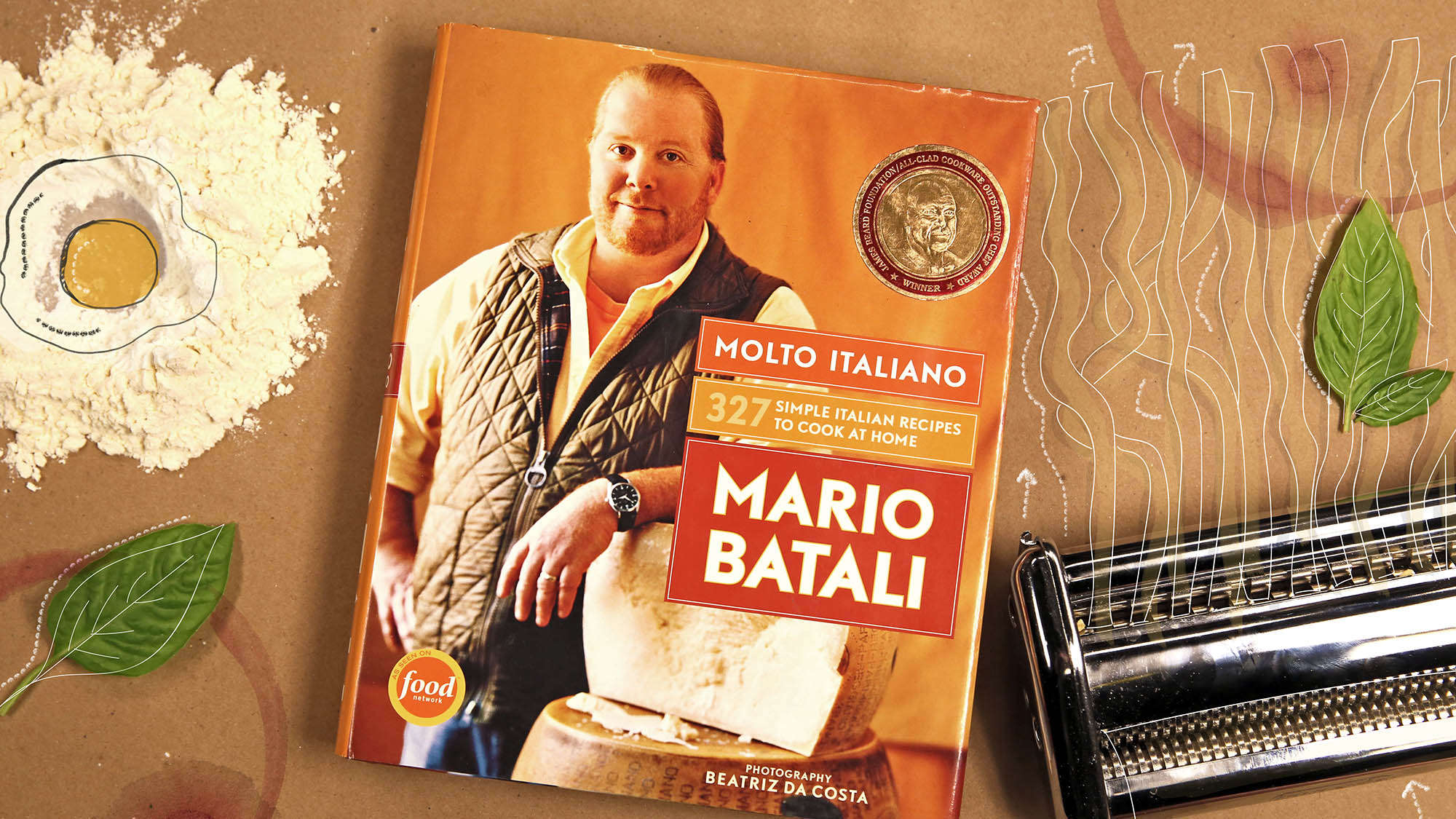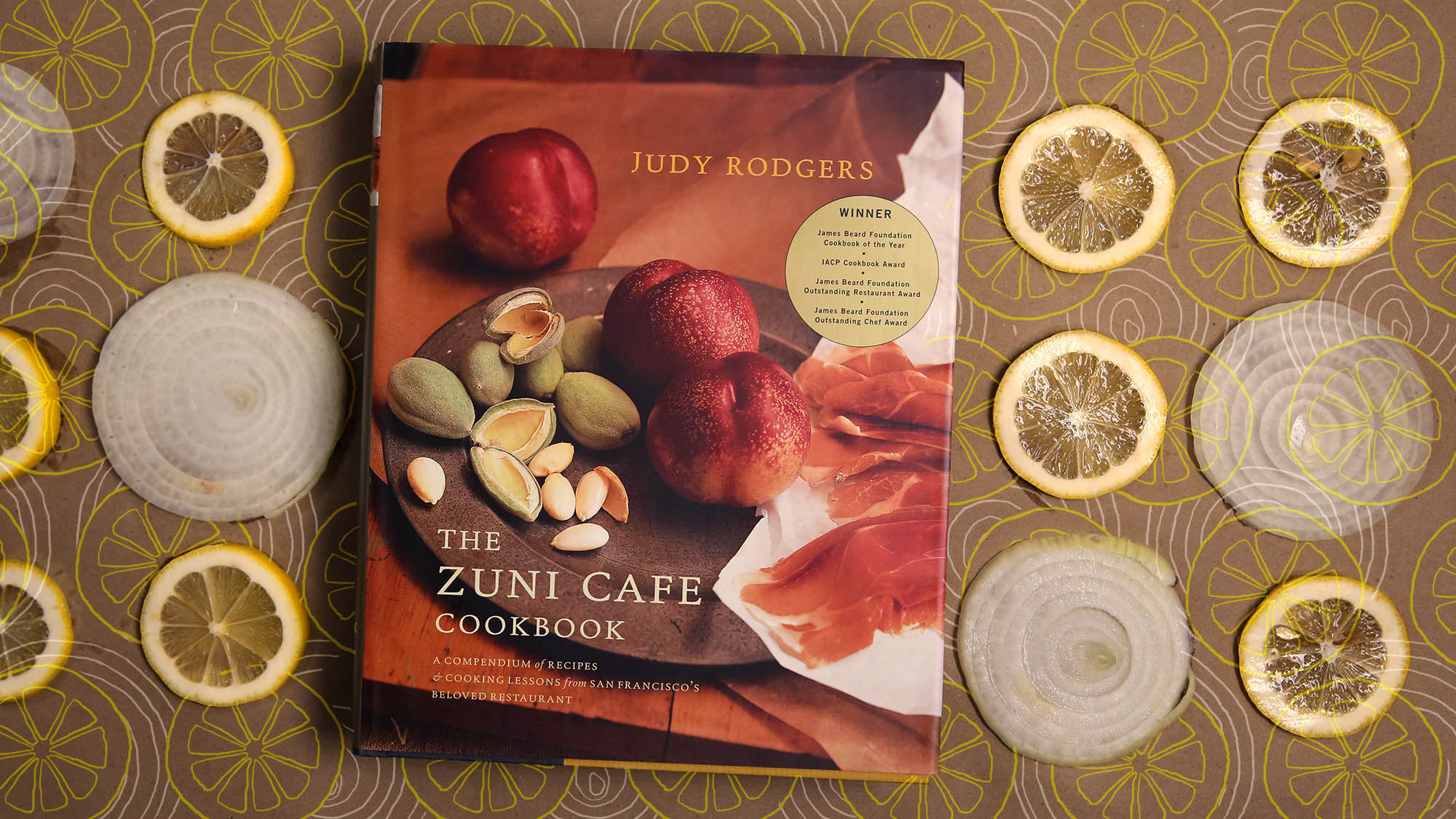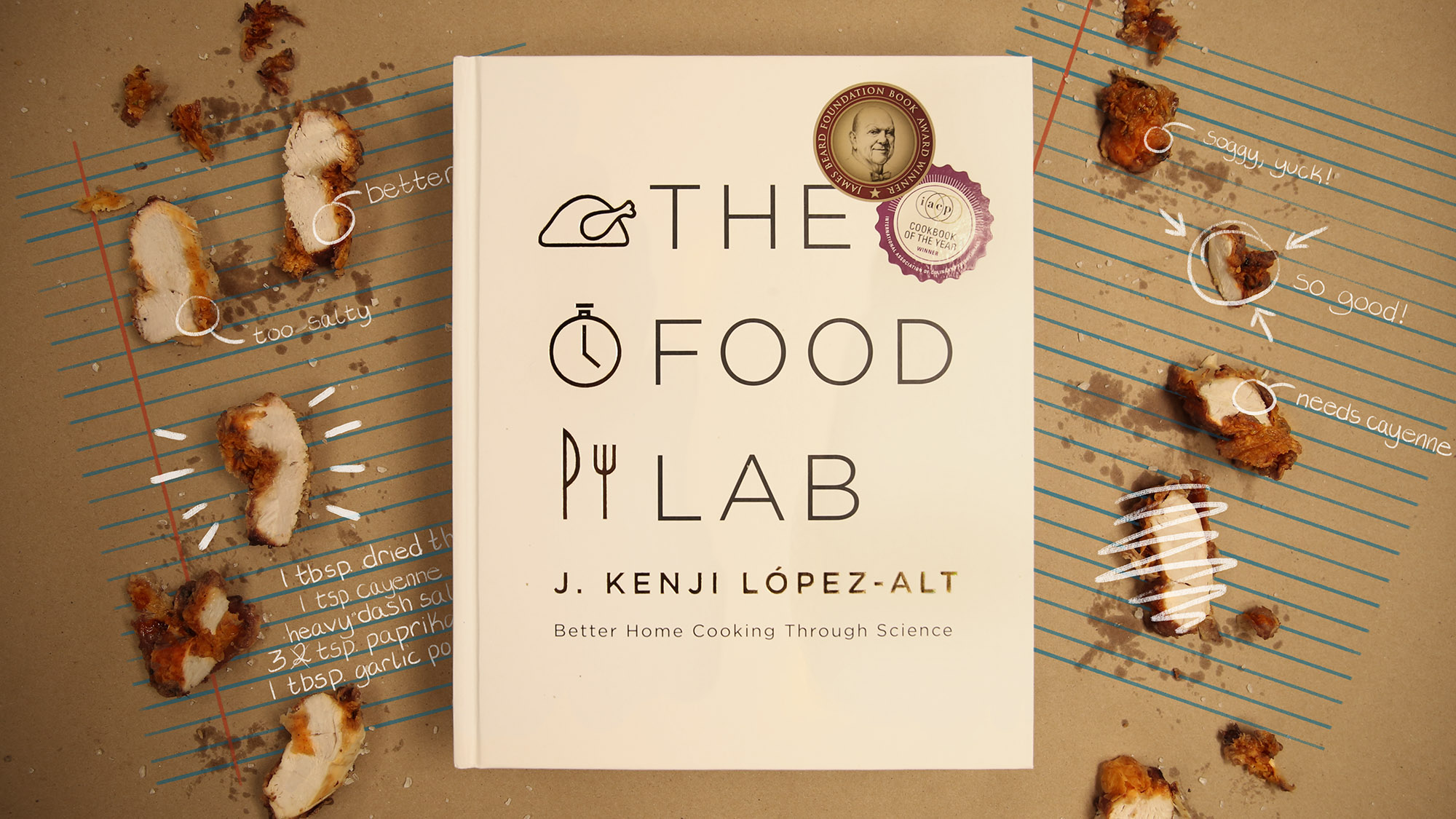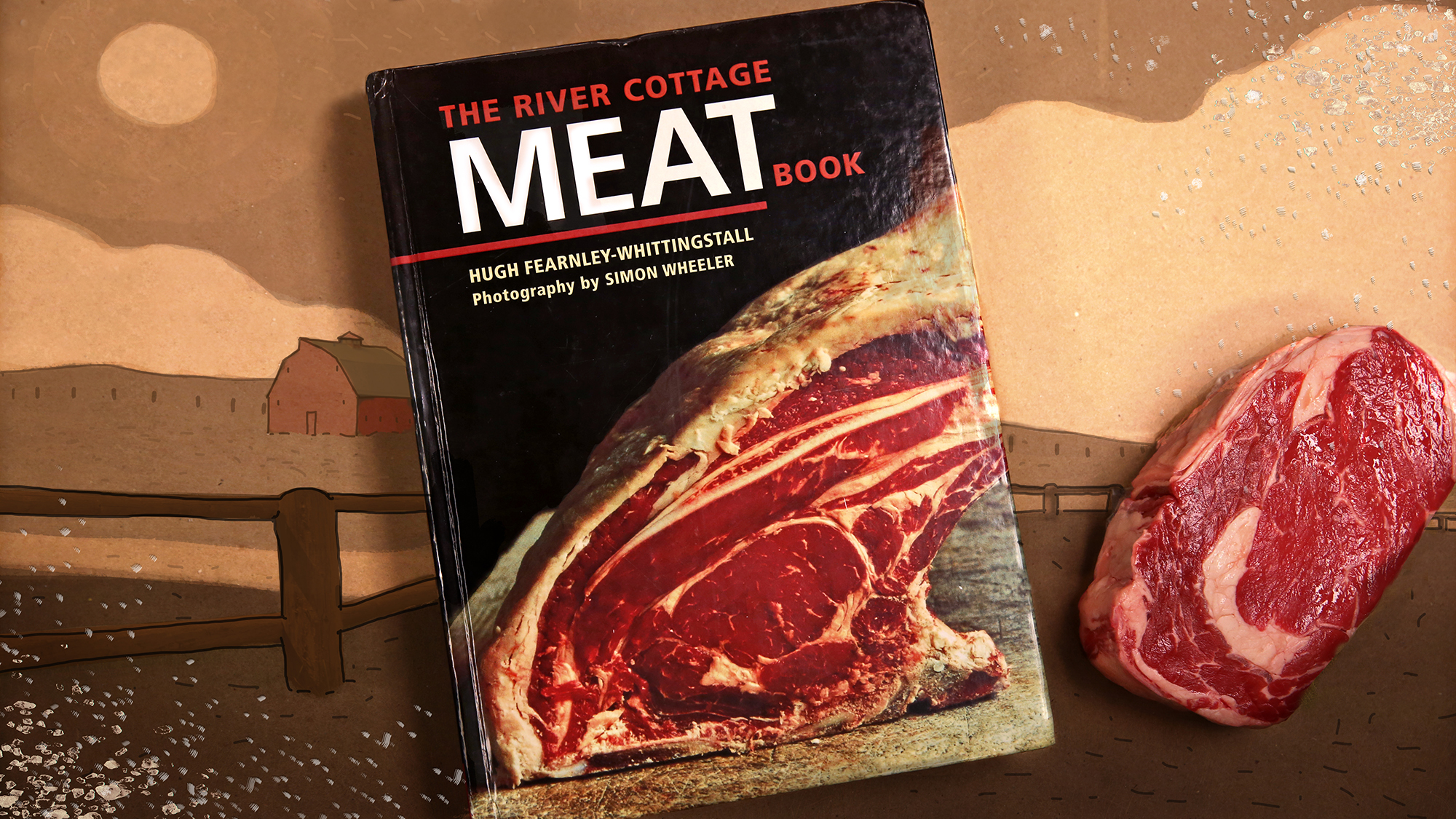The Takeout's guide To The Best Cookbooks Of The Century So Far
We may receive a commission on purchases made from links.
The best cookbooks share the vicarious, time-and-place-traveling qualities with our most beloved works of fiction. What other genre of literature stimulates pleasure centers in the brain that respond to satiation, and fires your imagination to consider its taste possibilities?
Cookbooks changed my life, not in the trite cliched sense, but actually: A children's cookbook at age 8 inspired me to cook my own ramen (a big boy feat!), which took me down a rabbit hole of Japanese culture, which prompted trips to Japan as a teenager, which encouraged me to take two years of college Japanese. On the night I met my future wife, our conversation centered around spaghetti carbonara, specifically the recipe from Mario Batali's Molto Italiano. The first domino to fall in those life-changing sequences were, indeed, nudged by a cookbook.
Selecting a beginning (2000) and end date (2017) based on the current century seems arbitrary and arbitrarily convenient. But here's why we've set this parameter: There are the regarded classics of the genre, such as Julia Child's Mastering The Art Of French Cooking and Irma S. Rombauer's The Joy Of Cooking, that suck the oxygen from most best-cookbooks-of-all-time lists. I have never cooked from these books. I can appreciate how home cooks used books of that ilk and era, but we are spoiled with a wealth of contemporary cookbooks—with color photographs! And words like fattoush and hoisin!—that build and improve on the masterworks of yesteryear. (Also: 17 years is the length of my adult life so far, as I've learned to not trust any decisions or actions made before age 18.)
My interpretation of "best" takes into account practicality, value, readability, prose, and art—books filled with food you'd want to cook. Many would argue Modernist Cuisine's 2,438-page magnum opus as the single greatest feat in culinary literature—and by definition, the best—but I also don't know one non-chef who shelled out $625 for the six-volume set. That title didn't make the cut.
This is a personal list. You can read what my esteemed colleagues say are their favorite cookbooks tomorrow. Here are mine.
15. Victuals by Ronni Lundy
Few of the recipes within Victuals, from the Kentucky-born writer Ronni Lundy, would be considered glamorous by modern cookbook standards ("Mountain green beans & taters" involves green beans, salt pork, whole potatoes, salt, full stop). But this wondrous 2016 book (pronounced as the locals do: viddles) concerns itself less about the what, and more of the who, where, and why. Lundy, in the grand Southern stylings of a Eudora Welty or Flannery O'Connor, weaves a narrative of the Appalachian people—hit by circumstance and colored by stereotype—through the prism of the food they conjure. In Lundy's enchanting and mellifluous prose, foodstuff like corn, sorghum, and lima beans aren't treated as mere commodity, but living objects that breed prosperity, mold patois, and rouse creative thinking in meager times. Victuals is a breathtaking work of literature that sneaks up on you, casts a spell, and corrects your misconceptions; it's a cookbook less about cook and more book.
14. Yucatán: Recipes From A Culinary Expedition by David Sterling
Isolated from the rest of Mexico geographically and historically, the Yucatán is home to a fascinating gastronomic bricolage—recognizably Mexican, rooted in Maya ingredients, tinged with French, Portuguese, Lebanese, and Caribbean flavors. "The first thing I make clear to my students when they arrive at [my cooking school] is that they are not in Mexico; they are in Yucatán," the late chef and author David Sterling writes. "Our cuisine is Yucatecan, not Mexican." Attempting to encapsulate the diversity of Yucatecan flavor would exceed the pixels on this screen (we can start with wood-smoked, habanero-blazed, achiote-dyed, and sour orange-spiked). Leave it to Sterling—the renowned graphic designer who moved to Mexico in 2003 and founded Los Dos culinary school in Merida—to present an exhaustively researched and engagingly written 560-page book that has become the definitive culinary account of the Yucatán Peninsula. But more impressive than its scholarship is the book's visual aesthetic: Sterling, once a New York design firm executive, has produced perhaps the most lavishly photographed and gorgeously laid out coffee-table cookbook extant.
13. Pok Pok by Andy Ricker with J.J. Goode
A white dude from Vermont who paints houses and spins records at parties decides to travel to Thailand and consumes copious amount of food. He returns Stateside, brain matter still warm from the explosion, and inspired to turn a shack in an undeveloped neighborhood of Portland into a Thai restaurant. That's the origin story of one Andy Ricker, who grew that shack called Pok Pok into a bicoastal empire, and in doing so became America's most visible Thai food evangelist.
I wavered back and forth between choosing Ricker's 2013 cookbook or David Thompson's mic-dropping Thai Food. Thompson—the Australian-born chef who headed the first Thai restaurant to attain a Michelin star—authored a 688-pager that's encyclopedic in its gastronomic and cultural breadth. While Ricker's book has comparatively fewer recipes, what won out was the staggering level of detail in each. His instructions for Laap Meuang, the Northern Thai minced pork salad, stretches over seven pages, involves three dozen ingredients, and requires one week to complete. Is it all unapproachable? Not in the least. His fried egg salad is a recipe that strikes the sweet-salty-sour-spicy equilibrium and takes 10 minutes from start to finish. Add in personal narratives about Ricker's culinary journey, plus page after page of kaleidoscopically vibrant photography, and Pok Pok is a firecracker of a book that satiates Thai epicures and amateurs alike.
12. Flour Water Salt Yeast by Ken Forkish
The last decade has been a renaissance for amateur bakers, many embarking on the noble pursuit for the one perfect loaf of bread. Why bread making? It's both an art and a craft, employing four ingredients—flour, water, salt, yeast—with an infinite number of paths producing infinite possibilities. Perhaps the most seismic shift in home bread making came when Jim Lahey of New York's Sullivan Street Bakery released his startlingly simple method for a boule that yielded Parisian bakery-quality results. That was the loaf that sent me down the rabbit hole: I purchased every book I could find on bread making and spent many weekends fist-deep in dough.
The most instructive and inspiring read came from Ken Forkish, whose Flour Water Salt Yeast better conveys the science and technique of bread making than any other author. Forkish, a former IBM employee in the Silicon Valley, brings his geekdom for details to baking (the optimum temperature of the resting dough should be between 77 and 78 degrees Fahrenheit, for example). Some say the best bakers are gifted with a touch, guided by intuition—Forkish proves that bread-making neophytes can achieve the same wondrous results through data, chemistry, and precise instructions.
11. Plenty by Yotam Ottolenghi
There's a psychic difference between a vegetarian dish vs. a vegetable dish. The -ian suffix implies a dish to/for those who adhere to a diet without meats. A vegetable dish feels more omnivorous, one where the emphasis is placed more on product than the receiving party. Yotam Ottolenghi's monster hit Plenty is a vegetarian cookbook, but semantically is a vegetable cookbook. It presents the most persuasive case yet of reaching across the aisle to carnivores, convincing us that cooking without meat doesn't have to be bland, dry, or unsatisfying. In fact, Plenty pretty much dispels the notion that vegetable cooking equals healthy food—the recipes here generously employ butter, are topped with eggs, cooked in coconut milk, deep-fried in tempura batter, or smothered with cheese (start with the cauliflower-smoked mozzarella frittata on page 96). For those of us who prefer meats with every meal, Plenty successfully argues there is another way, where the morality and health benefits of vegetarian cooking is secondary to its deliciousness potential.
10. Dinner: Changing The Game by Melissa Clark
Most cookbooks strive for ease, where you can flip to a random page, assemble ingredients from the pantry, and sit down to dinner 45 minutes later. There is, however, a glut of titles in the all-purpose weeknight cookbook category, and it's acknowledged there's little wheat amongst a literary field of chaff. Enter Melissa Clark, cooking columnist at The New York Times, who's become the culinary equivalent of Walter Cronkite: the most trusted name in America. In our kitchen, the pages of her newest book, Dinner: Changing The Game, has already been splattered with several years' worth of sauce and oil—and the book was just published in March. It is, stated baldly, a terrific and terrifically practical book, with dishes that span global influences, unabashed about its bold spicing, with a one-baking-sheet ethos that advocates for both convenience and melding of pan juices (see her recipe on page 30 where she roasts a spatchcocked chicken with bunched grapes and sherry vinegar).
9. Ad Hoc At Home by Thomas Keller
Thomas Keller is a very famous chef, and he cooks very delicious food at a very exclusive restaurant in the Napa Valley called The French Laundry, and it's very, very expensive. (Dinner for two costs more than your monthly mortgage.) But in Ad Hoc At Home, named for his casual family-style restaurant in Yountville, California, Keller tosses aside his tweezers and immersion circulators and cooks the type of unfussy American dishes served on platters and passed around the table. The dishes here read like ideas from a Betty Crocker spiral-bound—beef stroganoff, split pea soup, meatballs with pappardelle—but it's the apotheosis of those humble recipes, the superlative (but still simple) method as interpreted by a four-star chef. Many consider Thomas Keller our generation's greatest chef, and in Ad Hoc At Home we find him at his funniest and most approachable. This book has changed the way I cook in several ways: I've never again purchased store-bought ranch dressing after learning the recipe (page 182, under buttermilk dressing), and his much-lauded buttermilk fried chicken is worth every second of the 14 hours required to pull it off. It's the one book I turn to for summer dinner parties on our back porch.
8. Cooking Up A Storm, edited by Marcelle Bienvenu and Judy Walker
When Hurricane Katrina barreled through New Orleans in 2005 and swept away homes and belongings, one of the sadder realizations of its aftermath was how generations of family recipes—handwritten in many cases—were forever lost to the storm. What the food section at The Times-Picayune newspaper did was yeoman's work: It launched a column called "Exchange Alley," an in-newsprint swap meet for New Orleanians to trade old and bygone recipes. This column was eventually anthologized in Cooking Up A Storm, and within you'll find treasured recipes for gumbos, crawfish pies, and jambalaya, rescued literally from soggy index cards and newspaper clippings. This is a heroic historical record of one of America's most important culinary cities.
7. Every Grain Of Rice by Fuchsia Dunlop
Fuchsia Dunlop's Every Grain Of Rice is not intended to be a completist account of China's vast and diverse gastronomy. What she did here is perhaps more commendable: Dunlop distilled essential dishes mostly from Southern China (Sichuan, Guangdong, Hunan—to be honest, the tastiest of the regional cuisines), retained the boldness and subtleties without compromising its Chineseness, and presented the recipes in an unintimidating manner. Dunlop—the first Westerner to graduate from the Sichuan Institute Of Higher Cuisine—has authored three in-depth cookbooks that dive into the cuisine of Chinese provinces, but in this, her entry to Chinese cooking 101, you may not find another guide that captures China's culinary ethos more accurately. Such as: How the Chinese treat meat as a luxury rather than a commodity (two-thirds of the dishes in the book are vegetarian), that cutting ingredients is a crucial skill (nine shapes presented here), or that cooking is more uncomplicated than one might think (stir-fried garlic stems with bacon requires only 10 minutes, its two namesake ingredients, plus oil and salt). Rare is the cookbook that straddles scholarship and ease, and to convey it with clarity makes Dunlop the preeminent English-language authority on Chinese cooking, maybe ever.
6. Ratio by Michael Ruhlman
The pedagogy of cookbooks is learning by emulation, which isn't unlike learning a song by following sheet music note-by-note. There's nothing wrong with this method—a million bedroom guitarists learned to play "Wonderwall" via tabs—but you can only grasp so much knowledge through mimicry. Cookbook author Michael Ruhlman argues that even with the ready-availability of thousands of recipes, "few of them help you to be a better cook in any substantial way. In fact, they may hurt you as a cook by keeping you chained to recipes." Ratio, a slim but mighty anti-cookbook cookbook, is Ruhlman's contribution for unshackling our reliance to recipes. The secret, he says, is understanding culinary ratios—a biscuit is 3 parts flour, 1 part fat, 2 parts liquid; pasta dough is 3 parts flour, 2 parts eggs etc. Knowing these formula—33 essential cakes, stocks, breads, and sauces included here—opens the home cook to infinite variations, ipso facto, creative freedom. A book will never replace a $20,000-a-year culinary school education, but Ratio is the rare, truly indispensable volume that places us in the mindset of a professional chef.
5. The Complete America’s Test Kitchen TV Show Cookbook 2001-2017
Other authors on this list (see number 2) revel in the exploration of process. The folks at America's Test Kitchen realize your time is precious, and ask that you trust they've done the grunt work—and you should. Inside a 2,500-square-foot kitchen outside Boston, the America's Test Kitchen crew of 60 cooks fastidiously test recipes from dawn to dusk, not resting until hitting on what they deem the "best" version of any dish. Their findings have become a Saturday afternoon ritual for many on PBS, and every recipe from the TV show's 17 seasons has been culled into a beast of a compendium: more than 1,150 recipes, concise and trustworthy. What makes ATK especially reliable is every dish here is prefaced by a "why this recipe works" explanation, which should dissuade you from the random whims of Googling for a dish again. If you're seeking vogue trends and culinary sexiness, there are other cookbooks with deconstructed salads and twee hand-drawn letterings you could own. If practicality and usefulness are paramount, this cookbook renders all others redundant.
4. Molto Italiano by Mario Batali
Mario Batali can write cookbooks until his Crocs turn blue and it'll be hard to best this collection from 2005. For a tome of such breadth—327 recipes from 21 regions throughout Italy—Molto Italiano is refreshingly accessible to dive in and explore, especially for those with a limited, red-sauced view of Italian cooking. What would seem like a novel flavor combination for Americans, such as ricotta meatballs with pickles in milk (page 398) is easily cooked on a weeknight with readily available ingredients; or the Tuscan-style pappardelle with boar ragu (page 221), which has wowed many dinner parties through the years with minimal effort. There is no reason to buy any other Italian cookbooks after this one.
3. The Zuni Cafe Cookbook by Judy Rodgers
Alongside Alice Waters and Wolfgang Puck, no chef has carried the flag for California cuisine as proudly as Judy Rodgers, the late chef of San Francisco's Zuni Cafe. With its tenets in seasonality, lightness in preparation, and melding of Asian and European flavors, California cuisine favors the gourmand with patience—be it six hours for a short rib braise or six months if you enjoy asparagus and it's December.
Patience is a word that would also describe The Zuni Cafe Cookbook, which reportedly took Rodgers a decade to write. The book's long gestation is apparent in the deliberate manner she presents a recipe: Rodgers doesn't so much list instructions, but unpacks her reasoning behind every decision and method chosen to make a dish restaurant-worthy. Here is a book bursting with wisdom from every page. A sampling: "Finely mince the shallot using a razor-sharp knife; a dull knife will smash the shallot and release acrid flavors." On skirt steak: "Ask for the 'outside' skirt—it will be plumper than the 'inside' cut." On chicken stock, a suggestion to supplement a whole chicken "with chicken wings, which delivers bright flavors and viscosity. Don't supplement with backs."
Even if it only contained her influential manifesto on salting meats (Rodgers' famed roast chicken is seasoned up to three days prior), The Zuni Cafe Cookbook would still be name-checked by countless working cooks as the one book they'd save from a burning kitchen.
2. The Food Lab by J. Kenji Lopez-Alt
A person driven by obsession will be led to madness or greatness, and Serious Eats recipe developer J. Kenji Lopez-Alt illustrates both traits in his Infinite Jestian masterwork. The reason The Food Lab necessitates 958 pages can be explained through Lopez-Alt's culinary ethos: using science to achieve a dish's delicious singularity. To do this, Lopez-Alt might test a recipe 100-plus times (his Southern fried chicken) or involve an industrial pallet of ingredients (his short rib chili uses no less than 30, including marmite and whiskey). Overthinking things? If attaining the ne plus ultra of tastiness is the goal, the author argues, these are necessary sacrifices.
Lopez-Alt does the heavy lifting for us. His book lovingly details process and embraces trial and error, and those who buy into Lopez-Alt's deep-dive culinary science emerge as a better-informed and enlightened cook. To say The Food Lab is thorough is a comical understatement; it is the brain of a cooking obsessive downloaded into printed form, unapologetically and gloriously nerdy, and it's an awe-inspiring—and crazy—achievement in the cookbook canon that likely won't be duplicated.
1. The River Cottage Meat Book by Hugh Fearnley-Whittingstall
Meat enthusiasts have existed for a long time, and many celebrate it today through the lens of machismo and gluttony. But British chef Hugh Fearnley-Whittingstall's advocacy of meat is more conscientious. When his The River Cottage Meat Book was published in 2004, it posed heretofore-exotic questions that have since become commonplace: "Where did our meat come from? What did it eat? How was it raised?" The first 200 pages of Fearnley-Whittingstall's 544-page doorstop is a rousing manifesto that attempts to reconcile our addiction to meats, what he calls "the limits of a vegetarian utopia," and the larger, uncomfortable, subjective question of morality. Which isn't to say the book is didactic: The book's tone is gentle and open-minded, even hopeful, in that we the consumers should settle for better—both for ourselves and the animals we consume.
All that said and we haven't even touched on the second half of the book, an exhaustive guide to meat-cooking that goes beyond roasting and braising, and into adventures with cured meats and butchery. Throughout the book, Fearnley-Whittingstall—befitting a man with his surname—satisfies the Anglophiles among us with pork pies, beef in stout, and Lancashire hot pots. Don't overlook his method of roasting chicken on page 244, which involves shellacking the bird with an entire stick of softened butter. Retire the trophy: It is, dare I say, the greatest way to roast a chicken.
Purchase the cookbooks via the link within each post, which helps support The Takeout.
